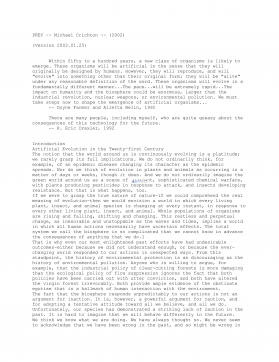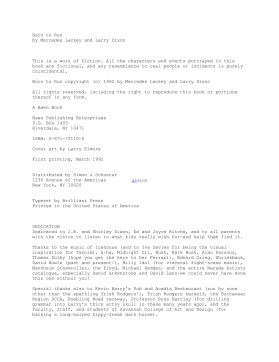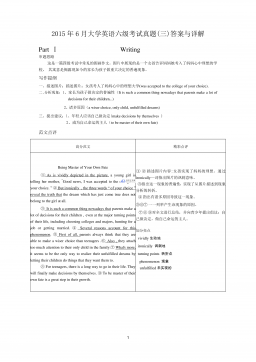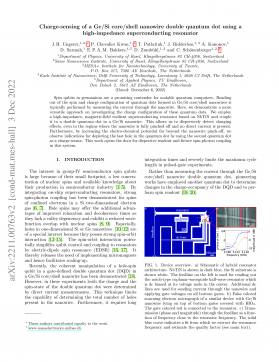DEEPFAKE CLI Accelerated Deepfake Detection using FPGAs Omkar Bhilare12 Rahul Singh12 Vedant Paranjape12 Sravan
DEEPFAKECLI:AcceleratedDeepfakeDetectionusingFPGAsOmkarBhilare?1;2,RahulSingh?1;2,VedantParanjape?1;2,SravanChittupalli?1;2,ShraddhaSuratkar1;2,andFarukKazi1;21DepartmentofElectricalEngineering,V.J.T.I,Mumbai,India.2foabhilareb19,rsinghb18,vvparanjapeb18schittupallib18@el.vjti.ac.in,sssuratkar@ce.vj...
相关推荐
-
Michael Moorcock - Elric 6 - StormbringerVIP免费

 2024-12-08 12
2024-12-08 12 -
Michael Crichton - PreyVIP免费

 2024-12-08 14
2024-12-08 14 -
Mercedes Lackey - WintermoonVIP免费

 2024-12-08 10
2024-12-08 10 -
Mercedes Lackey - SE 1- Born To RunVIP免费

 2024-12-08 10
2024-12-08 10 -
Mercedes Lackey - Heralds of Valdemar 1 - Arrows Of The QueeVIP免费

 2024-12-08 15
2024-12-08 15 -
Melville, Herman - TypeeVIP免费

 2024-12-08 18
2024-12-08 18 -
MaryJanice Davidson - [Betsy 5] - Undead and Unpopular (v1.0)VIP免费

 2024-12-08 27
2024-12-08 27 -
Marion Zimmer Bradley - Darkover - The Heirs of HammerfellVIP免费

 2024-12-08 25
2024-12-08 25 -
MacDonnell, J E - 096 - Execute!VIP免费

 2024-12-08 16
2024-12-08 16 -
Lovecraft, H P - The Dream Quest Of Unknown KadadthVIP免费

 2024-12-08 30
2024-12-08 30
作者详情
相关内容
-

2015年6月英语四级真题答案及解析(卷二)
分类:外语学习
时间:2025-05-02
标签:无
格式:PDF
价格:5.8 玖币
-

2015年6月英语四级真题答案及解析(卷三)
分类:外语学习
时间:2025-05-02
标签:无
格式:PDF
价格:5.8 玖币
-

2016年12月六级(第二套)真题
分类:外语学习
时间:2025-05-02
标签:无
格式:PDF
价格:5.8 玖币
-

2016年12月六级(第三套)真题
分类:外语学习
时间:2025-05-02
标签:无
格式:PDF
价格:5.8 玖币
-

2016年12月六级(第一套)真题
分类:外语学习
时间:2025-05-02
标签:无
格式:PDF
价格:5.8 玖币




 渝公网安备50010702506394
渝公网安备50010702506394
